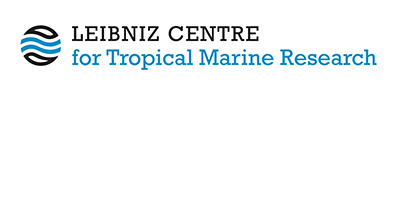Chapter 14 - Trophic status and fate of nutrients and organic matter in the Vembanad estuary related to land use in the Pamba river and other contributing rivers.
David, Shilly Elizabeth and Jennerjahn, Tim  ORCID: https://orcid.org/0000-0003-1022-5126
(2024)
Chapter 14 - Trophic status and fate of nutrients and organic matter in the Vembanad estuary related to land use in the Pamba river and other contributing rivers.
In: Ecohydrology of Kerala.
.
Elsevier, Amsterdam, pp. 223-237.
ISBN 9780323956079
DOI https://doi.org/10.1016/B978-0-323-95606-2.00012-7.
ORCID: https://orcid.org/0000-0003-1022-5126
(2024)
Chapter 14 - Trophic status and fate of nutrients and organic matter in the Vembanad estuary related to land use in the Pamba river and other contributing rivers.
In: Ecohydrology of Kerala.
.
Elsevier, Amsterdam, pp. 223-237.
ISBN 9780323956079
DOI https://doi.org/10.1016/B978-0-323-95606-2.00012-7.
|
Text
Jennerjahn.pdf - Published Version Restricted to Registered users only Download (5MB) |
Abstract
The major aim of this study is to assess the effects of river inputs of nutrients and organic matter on the ecology of the estuarine Vembanad Lake, a so-called backwater in Kerala, India, which is fed by the Pamba, Achankovil, Manimala and Meenachil rivers. Agriculture and settlement with mixed tree crops are the major land uses in the catchments, the effluents of which are transported downstream by the rivers. Other inputs resulting from human activities are sewage disposal from industry and households and effluents from the Sabarimala pilgrimage in the Pamba catchment. Temporal and spatial variations of nutrients and organic matter are related to seasonal variations of the monsoons in combination with temporal variations of human activities. The Vembanad estuary is the major sink for the river-derived nutrients and organic matter, hence temporarily suffering from eutrophication, as indicated by a large cover of the lake with water hyacinths.
| Document Type: | Book chapter |
|---|---|
| Programme Area: | PA3 |
| Research affiliation: | Biogeochemistry and Geology > Ecological Biogeochemistry |
| DOI: | https://doi.org/10.1016/B978-0-323-95606-2.00012-7 |
| Date Deposited: | 10 Feb 2025 10:55 |
| Last Modified: | 25 Jun 2025 12:05 |
| URI: | https://cris.leibniz-zmt.de/id/eprint/5576 |
Actions (login required)
 |
View Item |





 Tools
Tools Tools
Tools